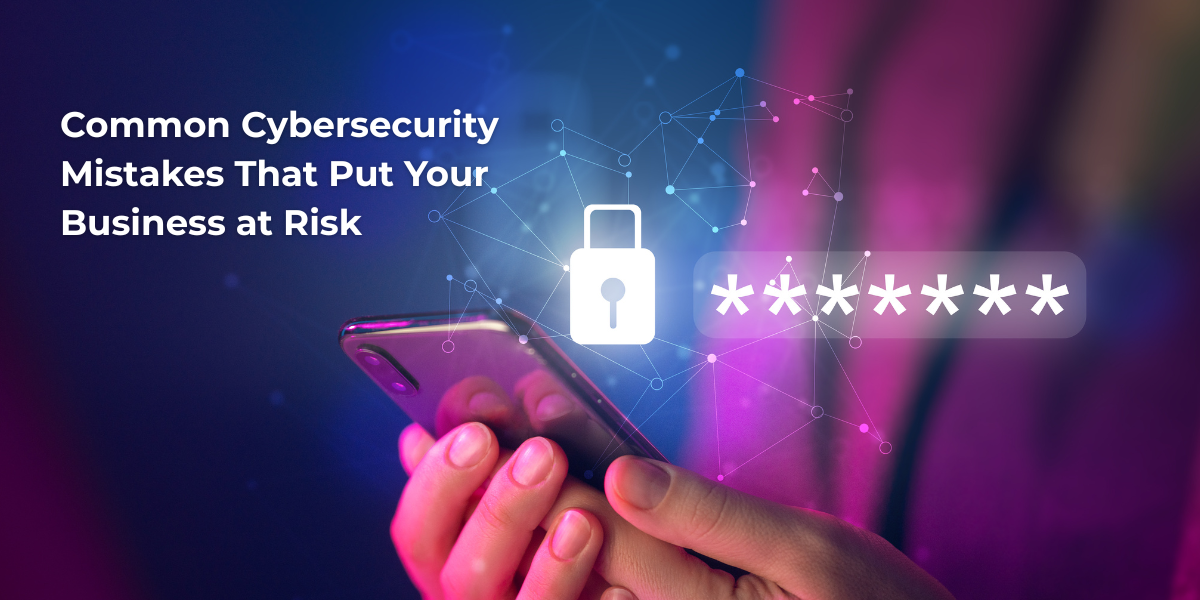Common Cyber security Mistakes That Put Your Business at Risk
-

Ashok Kumar Singh CEO
- cybersecurity solutions for businesses
In today's fast-paced digital world, cybersecurity is no longer optional—it's essential. Yet, many businesses, especially small to mid-sized ones, unknowingly make critical cybersecurity mistakes that expose them to cyber threats. From weak passwords to outdated systems, these oversights can lead to data breaches, financial losses, and reputational damage.
At First Rite IT Services, we specialise in helping businesses secure their digital assets with tailored cybersecurity solutions. In this blog, we uncover businesses' most common cybersecurity mistakes and how to avoid them.
-
Weak or Reused Passwords
-
Ignoring Software Updates and Patches
-
Lack of Employee Training
-
No Backup and Disaster Recovery Plan
-
Using Unsecured Wi-Fi Networks
-
Insufficient Access Controls
-
Overlooking Mobile Device Security
Conclusion
Cybersecurity is a continuous process, not a one-time setup. Avoiding these common mistakes can significantly reduce your risk of falling victim to cyberattacks. Partnering with a reliable IT security provider like First Rite IT Services ensures that your business has the tools, training, and support needed to stay protected in a constantly evolving digital environment.Table of Contents
Frequently Asked Questions
Q : What are the most common signs that my business has been hacked?
Look for unexpected system behaviour, unauthorised logins, slow network performance, or altered files and settings.
Q : How often should we update our cybersecurity policies?
At least once a year, or whenever significant changes in technology or regulations occur.
Q : Is cybersecurity only a concern for large businesses?
No. Small and medium businesses are often targeted because they usually have weaker defences.
Q : What is the most important cybersecurity tool for small businesses?
A combination of a strong firewall, antivirus software, and employee training is essential.
Q : How can First Rite IT Services help with cybersecurity?
We provide end-to-end cybersecurity solutions, including threat detection, employee training, and disaster recovery planning.
Q : Should we invest in cybersecurity insurance?
Yes. Cyber insurance can help cover financial losses from data breaches, but it should complement, not replace, strong security practices.




